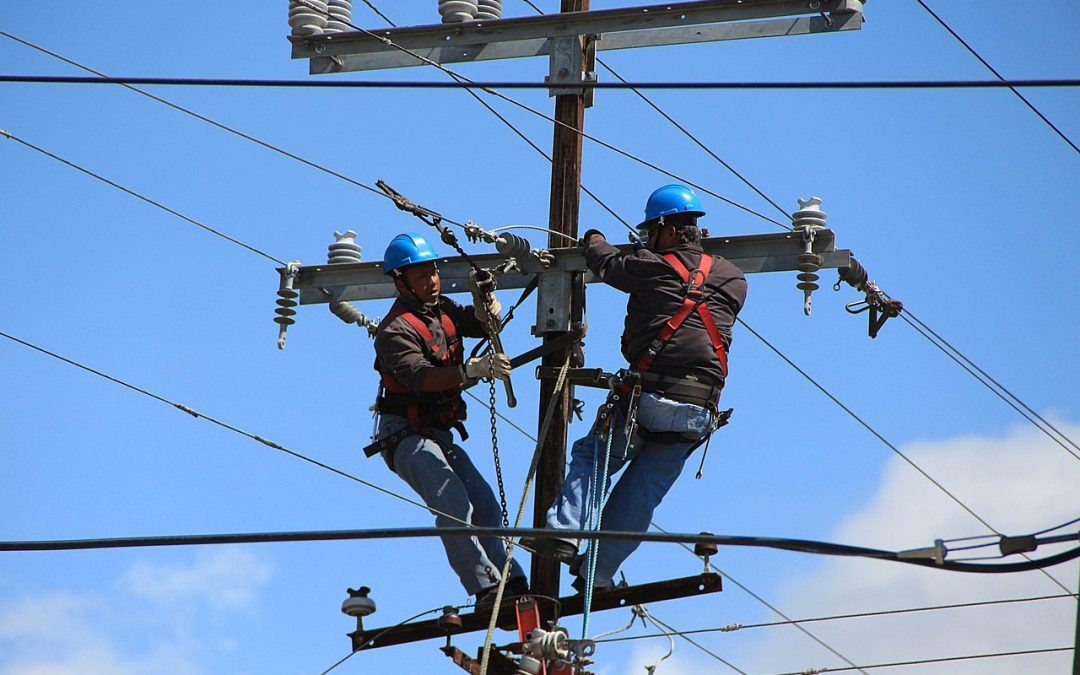By Nhlanhla Nkomo, Acting Head of Sales: SPM
In business, few decisions seem insignificant in the moment, yet carry as much weight later as the decision to defer maintenance. It starts with good intentions. A service gets pushed back, a repair is scheduled for “next quarter,” and resources are redirected to something that feels more urgent. On paper, this looks like prudent cost control. In reality, it is the start of a debt that grows quietly in the background.
Deferred maintenance is not cost control. It is borrowing from the future without calculating the interest. This cycle quickly erodes budgets, timelines, and trust. When companies take a preventative approach, the outcome is different.
The problem with deferred maintenance is that the real cost does not appear immediately. Equipment keeps running. Projects continue. Nothing seems broken. But deterioration is happening quietly. A part that could have been replaced at low cost ends up taking out an entire system. A structure that could have lasted a decade needs premature replacement.
When the consequences arrive, they arrive hard. Repairs cost more. Downtime disrupts work. Clients are let down. Safety is compromised. Regulators take notice. Every delayed decision compounds the risk. What seemed like a saving shows up later as a far bigger liability.
If the risks are so clear, why do companies defer? The reasons are many, but a few themes keep coming up. Budgets are tight, and executives are judged on quarterly performance, so maintenance is often one of the first costs to be trimmed. The value of prevention is invisible because you cannot measure the cost of a failure that never happened. And in high-pressure industries, maintenance is still often seen as a corrective function. Something breaks, then it gets fixed. Leaders also face a crowded agenda. Growth, compliance, workforce issues, and shifting markets dominate attention. Maintenance slips down the list until a crisis forces it back up.
None of this comes from negligence. It comes from the reality of running a business under pressure. But those pressures make deferred maintenance especially dangerous.
At SPM, we approach it differently. We see maintenance not as a cost to be avoided but as a lever for resilience and credibility. Our experience in construction has shown us that the way to break free from the cycle of deferral is to give leaders visibility, help them prioritise intelligently, and act as a long-term partner rather than a service provider.
We provide monitoring systems and structured schedules that show what is really happening inside assets. When leaders have this data, they can plan instead of react. They can make investment decisions based on facts rather than waiting for problems to announce themselves. Predictive tools turn maintenance into a calculated choice instead of a gamble.
We also understand budgets are limited. That is why we focus on phasing and prioritisation. Instead of presenting clients with overwhelming all-or-nothing plans, we work with them to identify the most critical interventions and spread them over time. This keeps prevention realistic and sustainable.
Our role in construction has been to align maintenance strategies with the realities of projects that run on tight schedules and depend on reliability. In this sector, unplanned downtime can mean penalties, missed milestones, or strained client relationships. As we extend our expertise into mining, the principle remains the same. Mining operations cannot afford equipment failure. Every hour of downtime has a cost that runs into millions. Deferred maintenance in this environment is more than a financial issue. It is a strategic risk.
We have already seen the benefits when prevention replaces reaction. One of our construction clients had reached a point where breakdowns were disrupting work almost weekly. Together, we created a staged plan that reduced downtime by more than 40 percent in the first year. The savings from avoided disruption outweighed the cost of maintenance several times over. The same approach can help mining companies protect their production schedules, their compliance standing, and their reputations.
Deferred maintenance is not only about machines or structures. It is a leadership decision. Choosing to invest today is choosing stability tomorrow. Choosing to delay is accepting the risk that will show up in finance, operations, or reputation.
What strikes me, in conversations with decision-makers, is how often maintenance comes up not as a technical issue but as a risk management one. Leaders know that breakdowns damage more than equipment. They damage trust. They damage safety. They take energy away from growth.
The companies that take maintenance seriously are not only more reliable. They are more competitive. When clients know you can deliver consistently, they bring you more business. Reliability is a market advantage. Those who continue to defer are competing with a disadvantage they created for themselves.
Business is only getting tougher. Supply chains are fragile. Regulation is tightening. Margins are under pressure. In this environment, resilience is priceless. Deferred maintenance is the opposite of resilience. It is a slow leak in the foundation of a business.
At SPM, the future belongs to organisations that treat maintenance not as a grudging cost but as a discipline to be mastered. Our role is to help clients see the stakes clearly, give them the tools to act with confidence, and build solutions that protect both their operations and their reputations.
